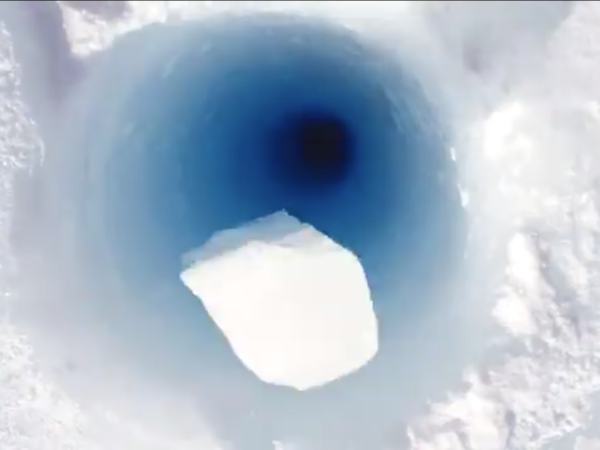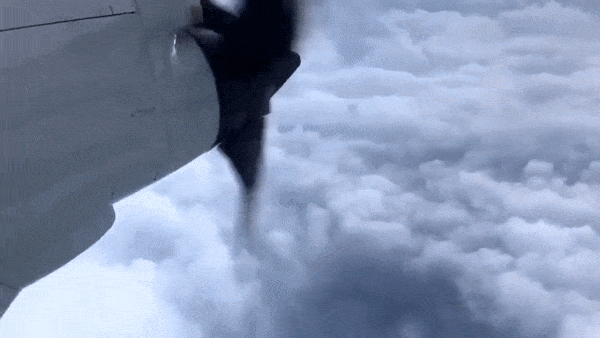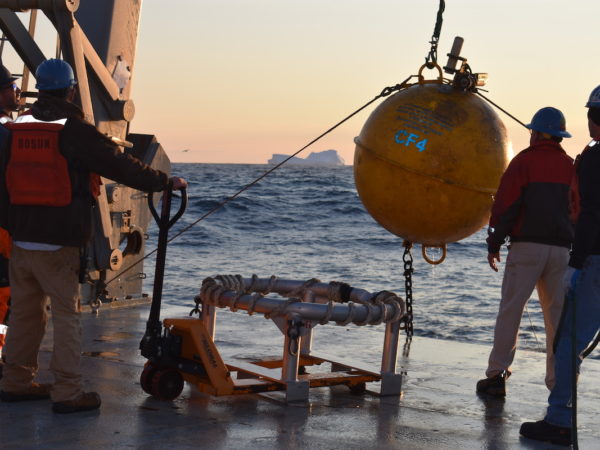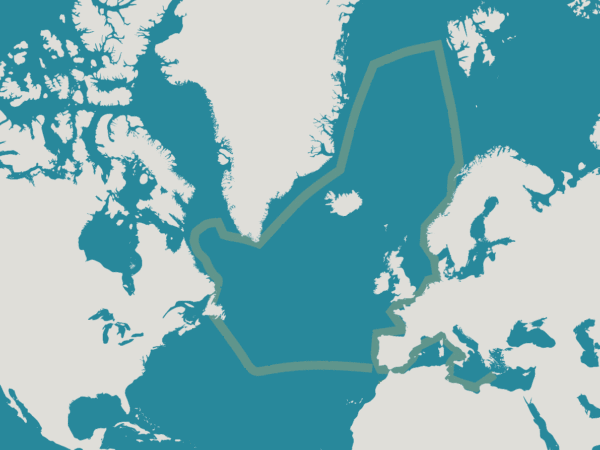Get Your Rocket Fix From The Space Coast
Even if you are nowhere near Florida, the Space Coast Launches site is a fun way to keep up with the latest rocket schedule from all the launch sites and operators. It’s got a “futuristic” design that ties together information about the launching companies, viewing locations, rocket data and upcoming schedules. Of course it’s promoting tourism to the launch sites, so you can even book hotels right from the site Bonus: you never have to hunt for where you can stream a launch. They have a live stream page that embed the feed of every live takeoff.







